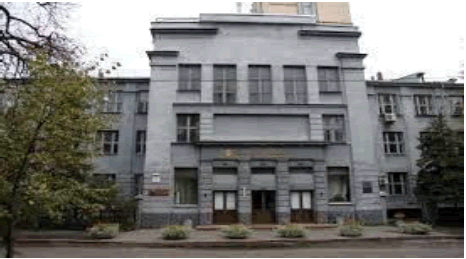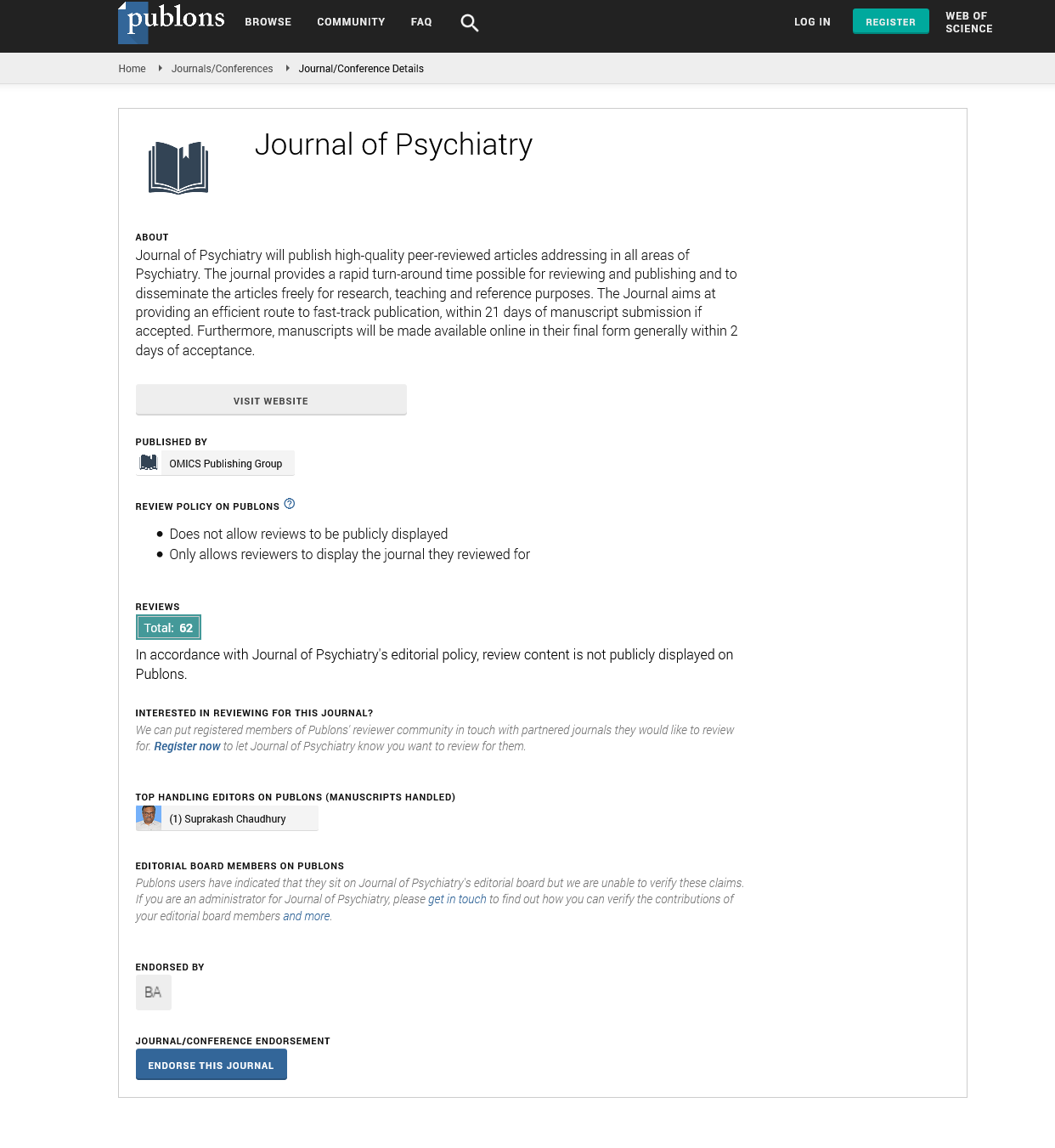Indexed In
- RefSeek
- Hamdard University
- EBSCO A-Z
- OCLC- WorldCat
- SWB online catalog
- Publons
- International committee of medical journals editors (ICMJE)
- Geneva Foundation for Medical Education and Research
Useful Links
Share This Page
Open Access Journals
- Agri and Aquaculture
- Biochemistry
- Bioinformatics & Systems Biology
- Business & Management
- Chemistry
- Clinical Sciences
- Engineering
- Food & Nutrition
- General Science
- Genetics & Molecular Biology
- Immunology & Microbiology
- Medical Sciences
- Neuroscience & Psychology
- Nursing & Health Care
- Pharmaceutical Sciences
Value Added Abstract - (2020) Volume 0, Issue 0
Effect of Transcranial Direct Current Stimulation on Cerebral Blood Flow in Patients with Cerebral Palsy
Kateryna Yatsenko*Published: 16-Sep-2020
Abstract
Statement of the Problem: Neurovascular coupling links neuronal activity to cerebral blood flow. Transcranial Direct Current Stimulation (tDCS) modulates the neuronal activity and thus affects the cerebral blood flow. The purpose of this study is to investigate effects of tDCS on cerebral blood flow in patients with Cerebral Palsy (CP).
Methodology: 60 children aged 2 to 12 years with various forms of cerebral palsy were examined and treated. The comparison group was formed from 30 children who received the course of basic medical and rehabilitation procedures. The main group included 30 children who, in addition to the same therapy, received a course of tDCS. A transcranial Doppler ultrasound examination of head blood vessels was used for the study of cerebral hemodynamics in children with cerebral palsy before and after combined treatment with tDCS.
Findings: tDCS reduced asymmetry coefficient of blood flow velocity in the middle cerebral arteries (MCA) by 12.3%, whereas in the comparison group only by 2.5%; in the anterior cerebral artery (ACA) - 9.5%, while in the comparison group - 0.8%. tDCS significantly reduced the high mean blood flow velocity per cycle (MFV) in the basilar artery (BA), MCA and ACA (21.7%, 18.3% and 7.8%, respectively); in the comparison group no statistically significant positive dynamics was observed. tDCS significantly increased the low MVF in the BA, MCA and ACA (29.7%, 21.2% and 9.7%, respectively); a statistically significant increase of MVF by 9.9% was only in the CMA in the comparison group of patients.
Conclusion & Significance: The use of tDCS in the treatment of CP patients improves cerebral hemodynamics in 87% of patients, in contrast to 52% in the comparison group. Including tDCS to the complex treatment of patients with cerebral palsy improves the effectiveness of treatment and may also positively influence the clinical course of the disease.

Biography:
Kateryna Yatsenko, MD, PhD is a Senior Research Fellow. Yatsenko’s research interest includes Neurology, Disorders of the CNS, transcranial direct current stimulation, intermittent normobaric hypoxia treatment, CI-therapy.

Speaker Publications:
1. Yatsenko K, Lushnikova I, Skibo G (2019) “Activation of neuritogenesis under conditions of micropolarization in an in vitro model”. Fiziol J 65:41-9.
2. Yatsenko K, Lushnikova I, Skibo G (2018) “Investigation of the micropolarization on neuronal cells in the modeling of the inflammatory process in vitro”. Ukr Neurol J 2:69-73.
3. Yatsenko K (2017) “Influence of complex treatment using transcranial direct current stimulation on the electroencephalographic parameters in children with symptomatic epilepsy”. Ukr Neurol J 3:38-42.
4. Tsupykov O, Ustymenko A, Kyryk V, Smozhanik E, Yatsenko K, et al., (2016) “Ultrastructural study of mouse adipose-derived stromal cells induced towards osteogenic direction”. Microsc Res Tech 79:557–64.
5. Tsupykov O, Lushnikova I, Nikandrova Y, Yatsenko K, et al (2016) “A novel model of periventricular leukomalacia on mouse organotypic brain slice culture”. Cell Organ Transplant. 4:188–93.
34th European Neurology Congress; Webinar-June 24-25, 2020.
Abstract Citation:
Kateryna Yatsenko, Effect of transcranial direct current stimulation on cerebral blood flow in patients with cerebral palsy, Neurology Congress 2020, 34th European Neurology Congress Webinar- June 24-25, 2020.

